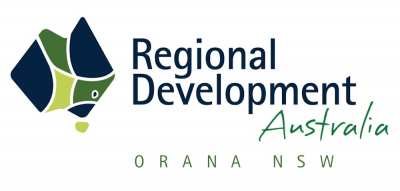A quarter of Cobar's workers don't live in the town
More than a quarter of Cobar’s workforce don’t actually live in the town, with 27 per cent of workers travelling from outside the mining community to their workplace.
Some workers live in nearby communities such as Nyngan, Narromine and Bourke while others travel from as far away as Armidale, Orange, Wagga Wagga
and Townsville.
Figures released by the Australian Bureau of Statistics show that Cobar’s population has dropped from 5044 in 2006 to 4764 in 2016 while during that
time, jobs grew by nearly the same number, creating a deficit and resulting in the drive in, drive out situation.
“Cobar is more unusual than many inland and remote towns in that it does have a robust industry base that drives employment and it has a number of
services that makes it a good place to live,” RDA Orana executive officer Megan Dixon said.
“Mining is the strongest industry in the area with more than 40 per cent of the workforce involved in this occupation and there was growth in this
sector between 2011 and 2016, with jobs in mining increasing by 188 from 751 to 939.”
Cobar’s secondary industry is agriculture, with jobs in this sector also growing from 229 to 264, an increase of 35.
The hospitality industry also expanded from 142 to 148 and health care and social assistance has grown by 28 jobs from 129 to 157.
Some other industries saw a small loss of jobs during this period with the retail sector experiencing the greatest downturn, with employment dropping
from 182 to 131.
Cobar’s Gross Regional Product is $0.491 Billion. The Shire's prosperity is built around the thriving mining and pastoral industries, which are supported
by a range of attractions and activities.
RDA Orana’s challenge is to work with industry and Government to develop and implement policies and programs that encourage and support living in these
economically important communities. /ENDS
